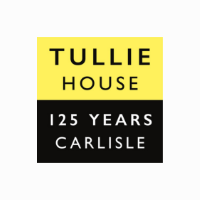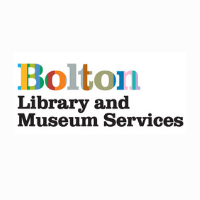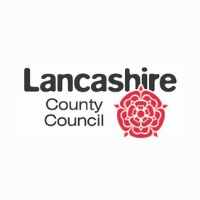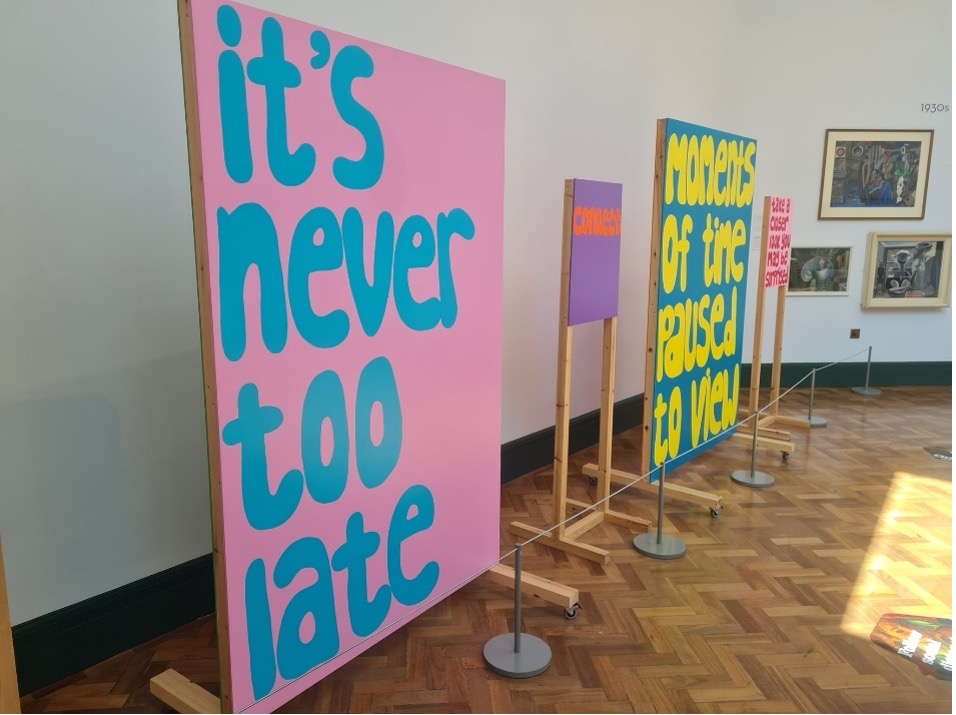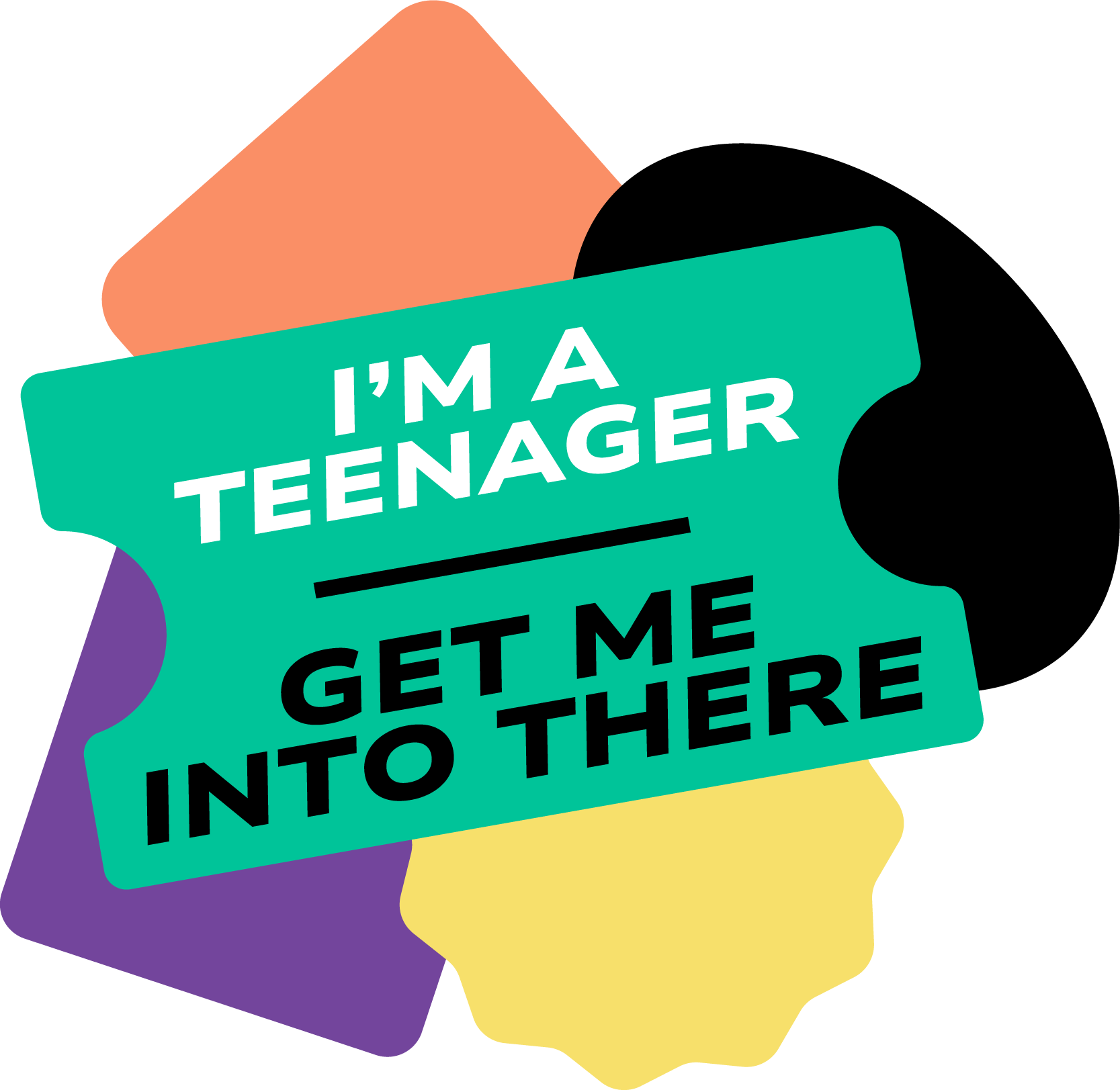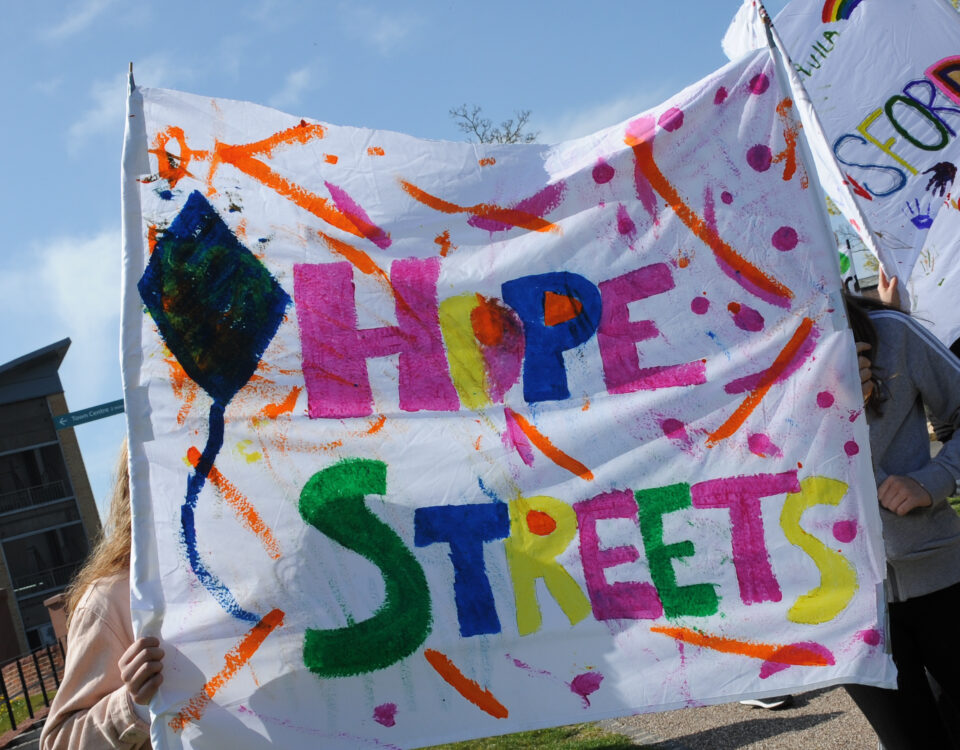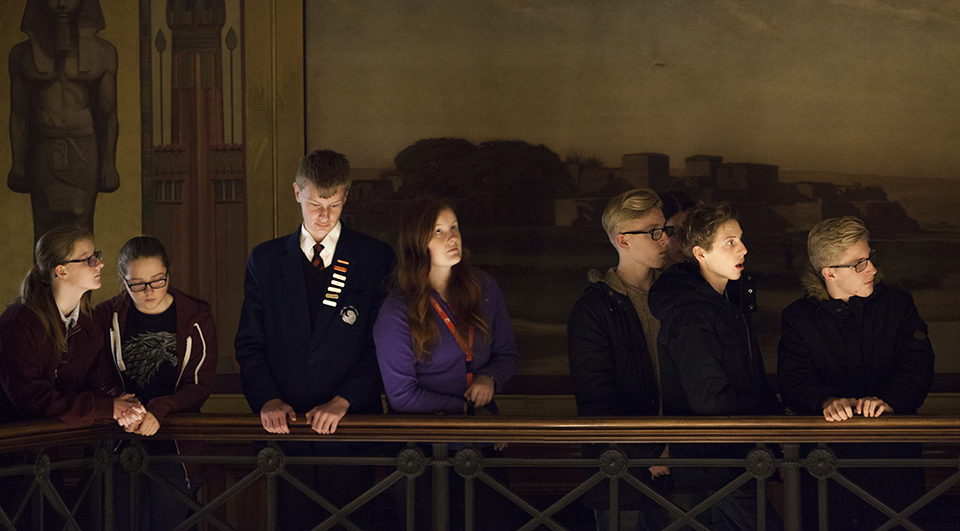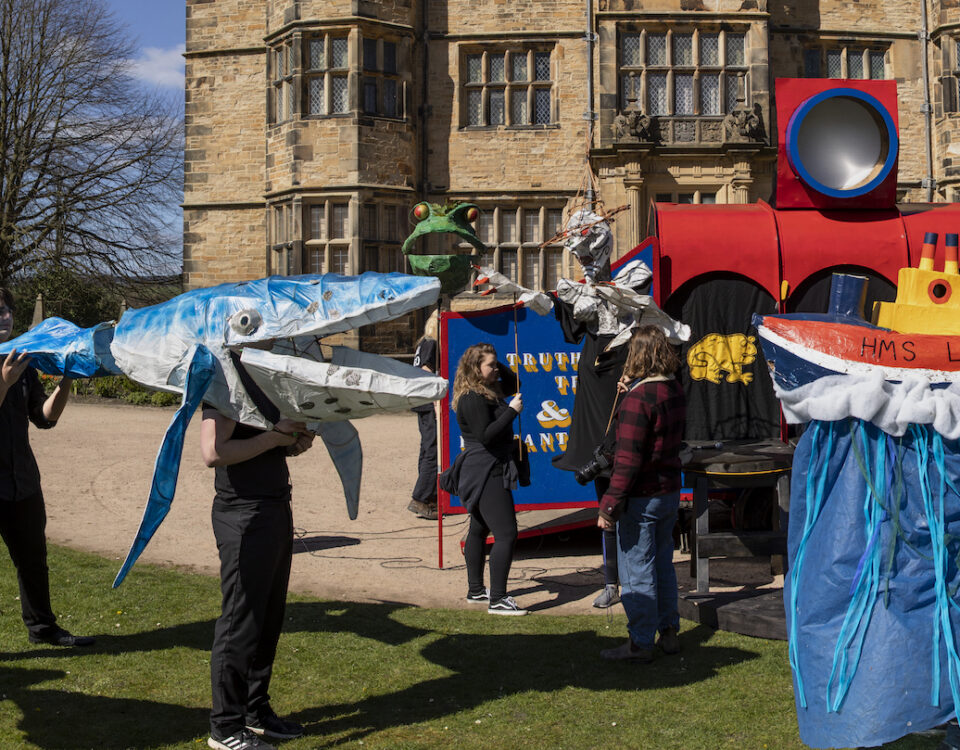There’s a Hope Street in almost every town and city in England
Hope Streets took groups of young people on an expedition into the past; to delve into the hidden history of their local Hope Street. Young people were able to see that local heritage is theirs to own. It has provided a platform for 11-25 year olds from diverse backgrounds to work with heritage organisations, artists and experts to interrogate, agitate and 're-present' their local heritage to produce their own Festivals of Hope.
Curious Minds set out to model how youth work practices could be embedded in heritage: making young people feel welcome in heritage spaces when they visit outside of school; supporting young people to lead their own projects; and embedding youth voice in organisational planning and governance.
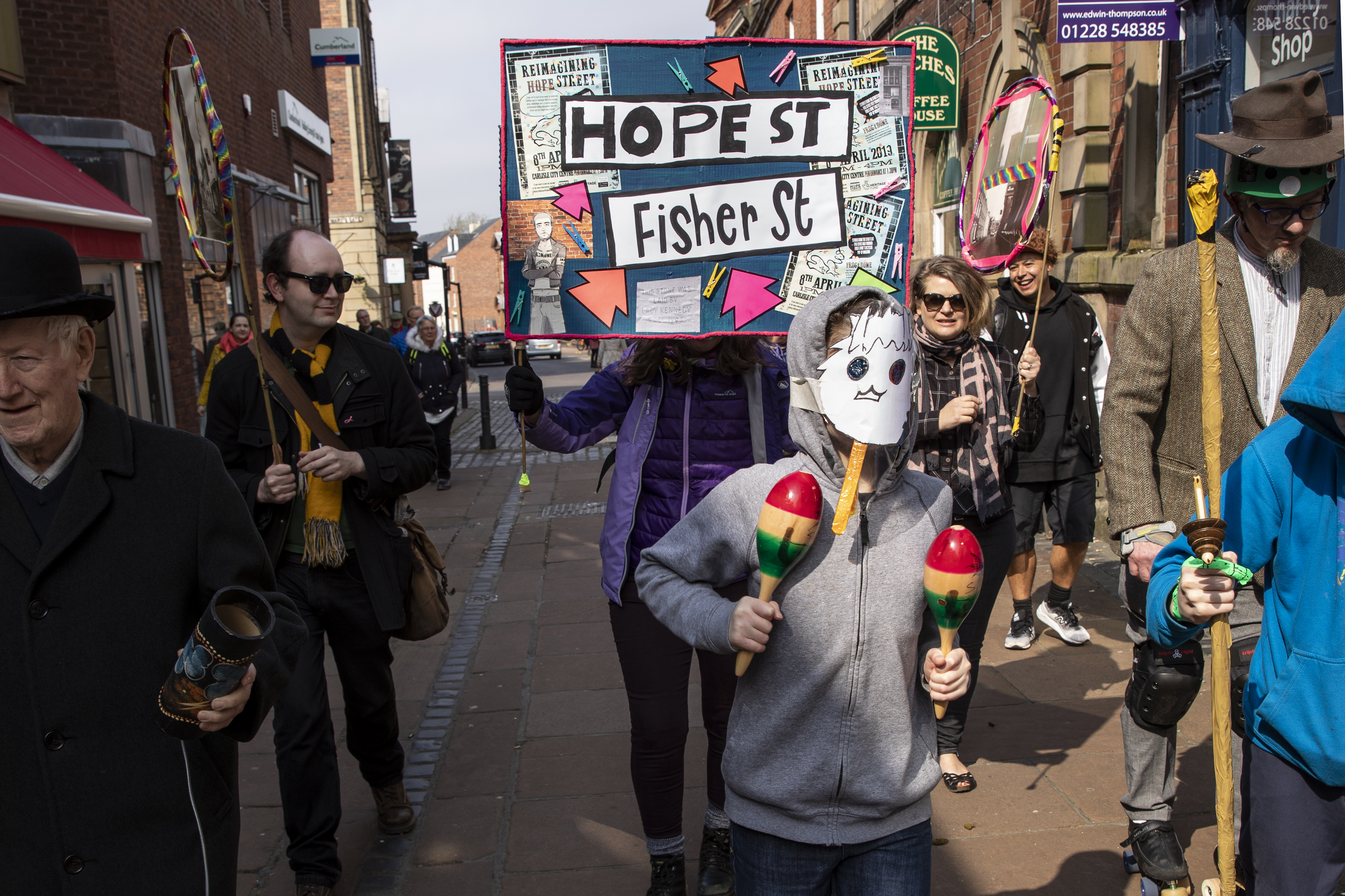
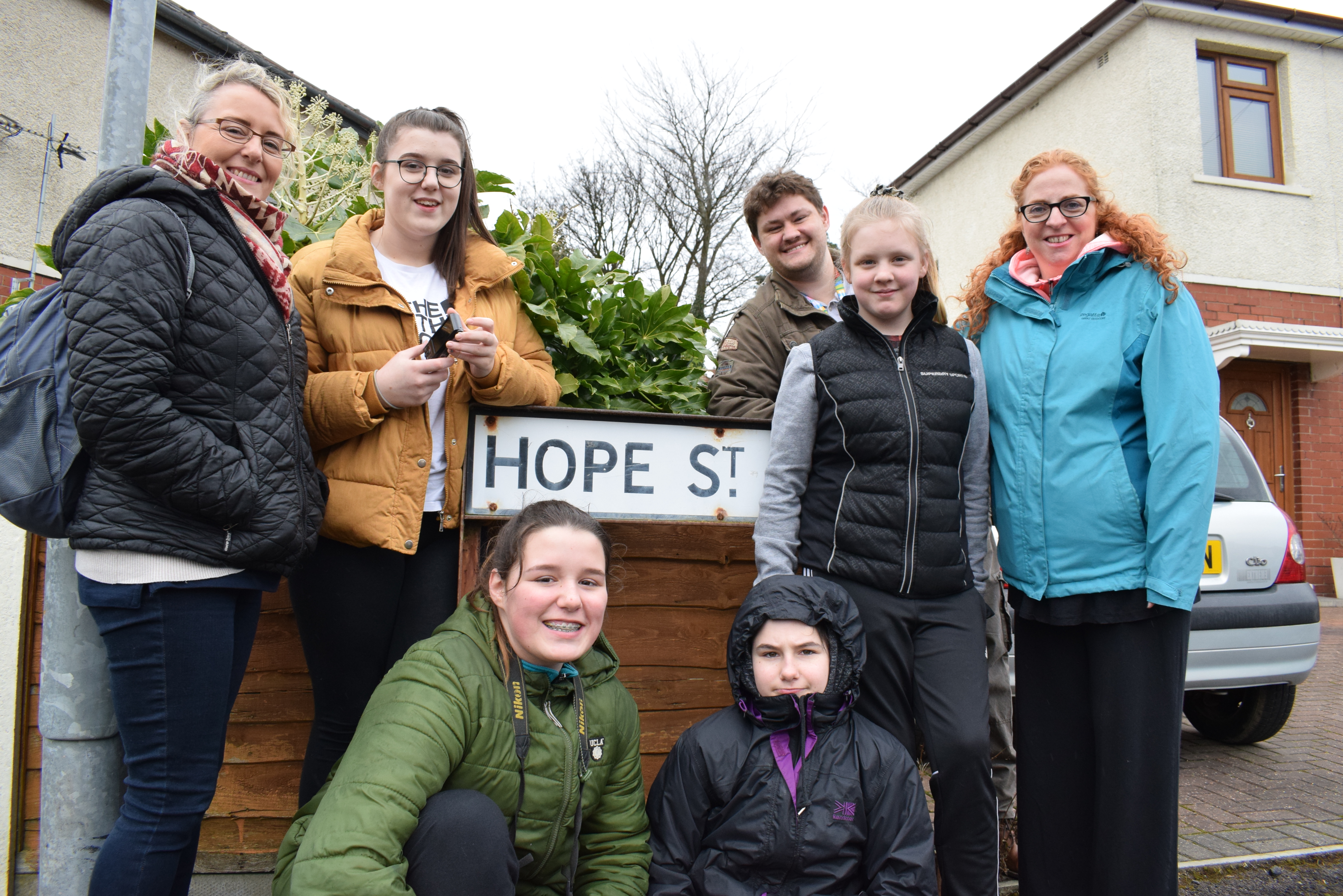
Hope Streets spanned the North West with the five key ‘Hubs’ as the locus of activity, but with the aspiration that the good practice would spread like spokes on a wheel from each Hub across the five sub-regions of the North West.
What did Hope Streets achieve?
There is more youth engagement at the Hubs. It is wider and deeper.
- All Hubs provide Young Producer or Youth Forum type activities.
- Hubs are trialling new activities such as Young Curator and Young Tour Guide groups.
- All Hubs have provided paid opportunities for young people and are increasing their volunteering offer.
The workforce at the Hubs has a greater youth focus.
- Job descriptions now ask staff to be empathetic to young people, or to understand diverse audience groups.
- Hub Leads are spreading best practice in youth engagement.
- Staff took part in the ‘I’m A Teenager, Get Me Into There!’ training.
The Hubs have become experts in youth engagement. They are a resource for the sector.
- Hubs have been asked to contribute to fundraising proposals and have been invited to a range of events to talk about the project (e.g. Kick the Dust joint learning).
- Evaluation reports and an evidence bank have been provided to Curious Minds to build on their work as providers of organisational change.
- Curious Minds have developed their ‘I’m A Teenager, Get Me Into There!’ training course further and are now offering this to the cultural sector in three ways: online, self-facilitated and in-person training
There are more opportunities for youth voice. It is becoming routine for young people to contribute to decision making.
- The two Hubs with boards have either a young Trustee or Community Board representation.
- Consultation and co-creation have become a feature of youth engagement at all Hubs. Hubs say that young people have helped to shape the future of their organisations.
Young people appear in policies and procedures.
- Hubs have updated policies and procedures (e.g. safeguarding, safe working, social media/digital).
- Hubs have trialled new processes and have templates for future recruitment targeted at young people.
- Four Hubs now have youth-friendly admissions.
Strategic documents and plans reflect an increased, and ambitious, commitment to working with young people.
- All Hubs were developing a youth engagement strategy at the end of the project.
- Hope Streets has been cited as an example of expertise in several large successful funding applications, and also in major capital projects.
- All the Hubs have found ways to increase or maintain youth-focused roles.

